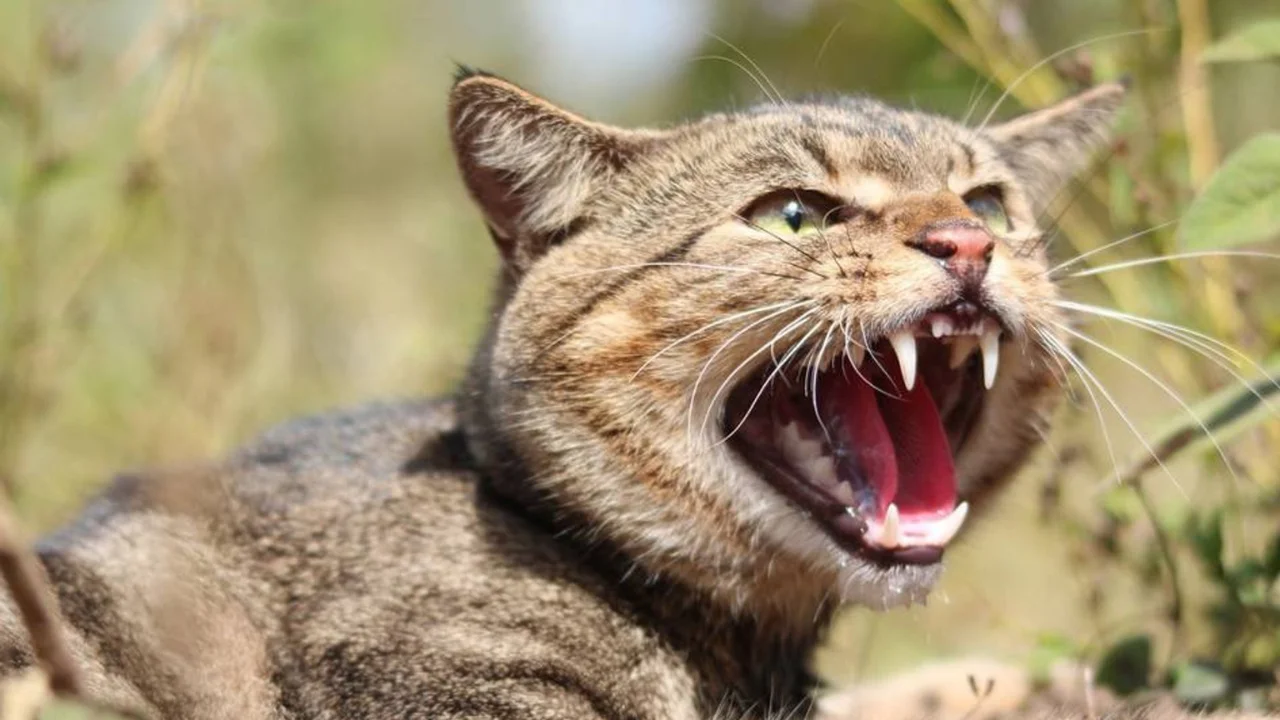
The New Zealand government has begun implementing a new plan to completely eradicate wild cats by 2050. This was reported by Zamin.uz.
This initiative is being carried out under the "Predator Free – 2050" program and is considered one of the country's significant steps in nature conservation. While the program previously included the eradication of rats, stoats, ferrets, possums, and opossums, wild cats have now been added to the list.
Wild cats were first introduced to New Zealand by European settlers. Later, they formed as a result of domestic cats becoming feral.
These cats kill approximately 1.12 million birds annually, which leads to the extinction of many native bird species. Currently, there are over 2.5 million wild cats in the country, and their ecological impact in some areas has reached catastrophic levels.
The government has initiated measures against cats in certain regions. Now, a more extensive and well-developed strategy is being formulated.
For example, in the Stewart Island and Ruapex areas, it has been identified that wild cats play a significant role in the decline of bat populations. According to experts, controlling cats is crucial for restoring biodiversity.
Although the public initially strongly opposed this initiative, today 90 percent of the population supports adding wild cats to the list. While domestic cats remain outside the scope of this program, organizations such as SPCA and Predator Free Trust are proposing measures like microchipping, sterilization, and keeping cats indoors.
This initiative is viewed not only as an ecological necessity for New Zealand but also as an important step toward preserving its unique bird and wildlife species.







